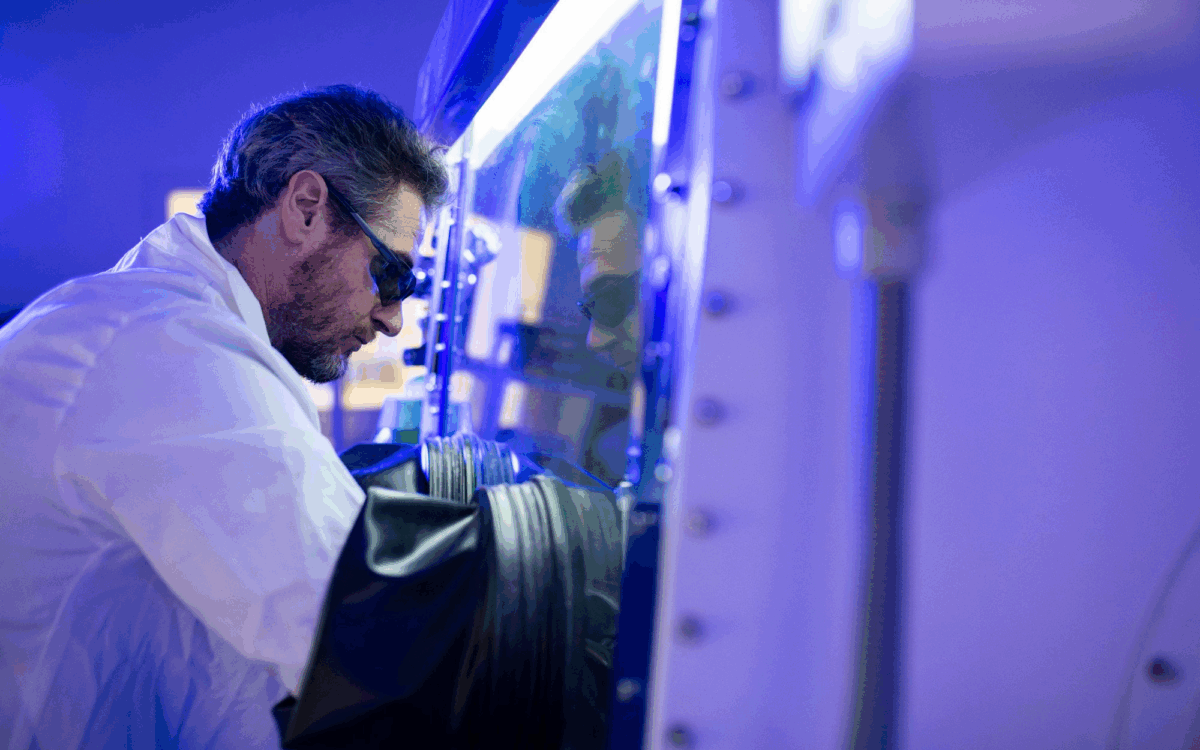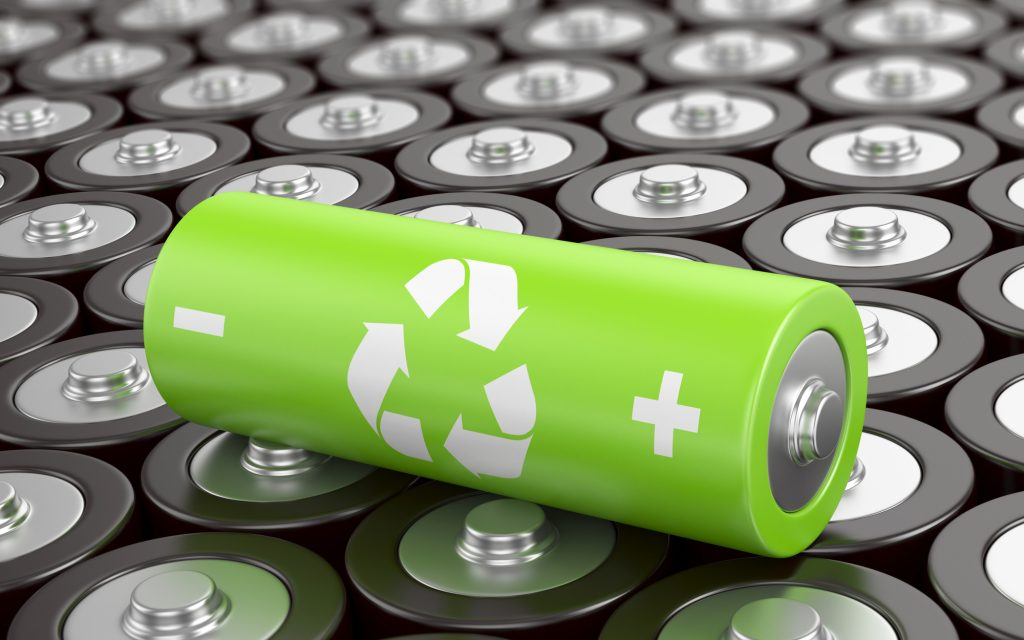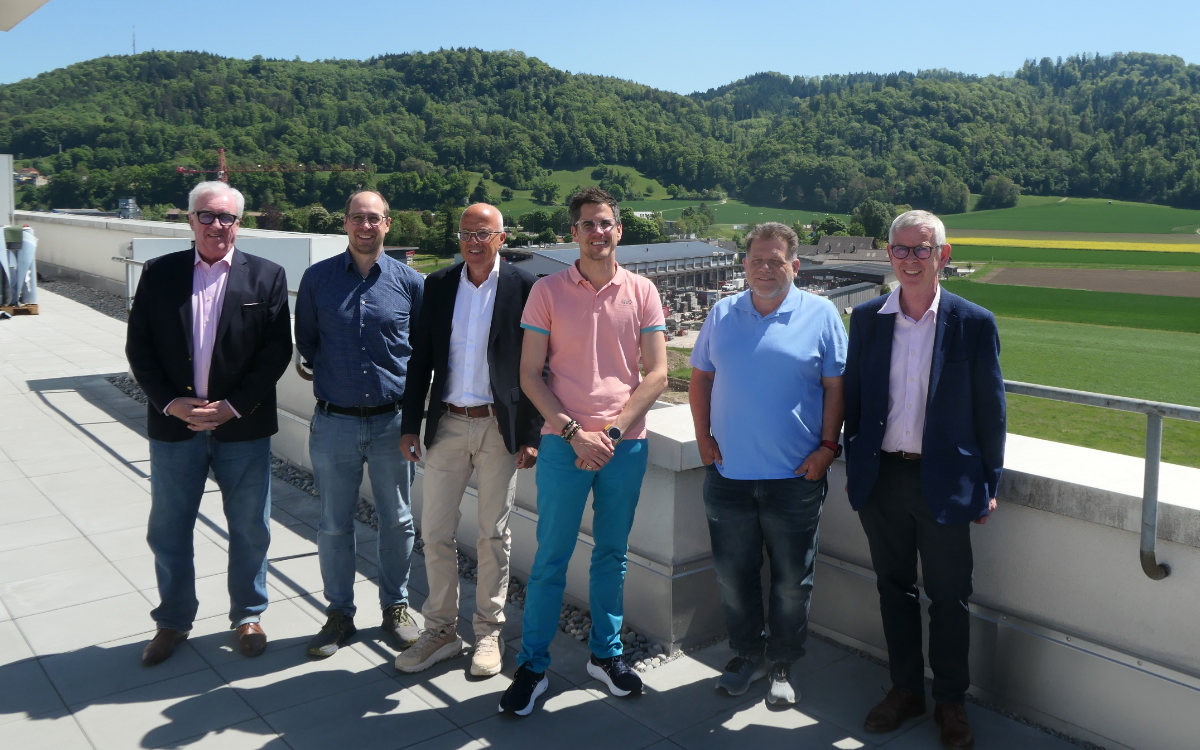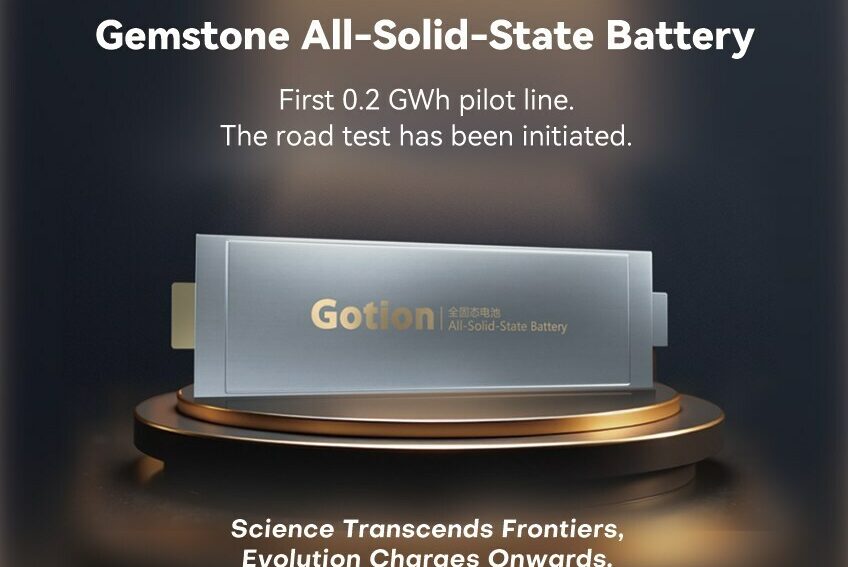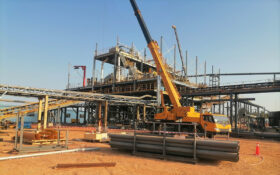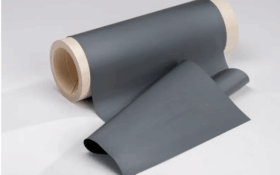Anaphite, a British, Bristol-based battery electrode technology company, founded in 2018, received a $13,7 million funding last September. Now the company has further developed its platform for dry material mixing and processing methods to unlock the full potential of dry coating for battery manufacturers.
Why does Anaphite believe that the battery manufacturers will turn into this new technology? The answer given by Alex Hewitt, co-founder of Anaphite, is that 99 % of the world battery industry does not use this process even though it is 30 % less energy intensive and up to 40 % cheaper in overall costs. “OEMs using dry coating can save 2% of the total cost of the vehicle – in automotive manufacturing where fractions of pennies matter, these margins are enormous!”
Compared to conventional slurry-based coating of electrodes the Anaphite method saves material, energy and space. Dry coating is a more efficient way to make battery electrodes. Traditional wet slurry manufacturing requires enormous, even 100-meter-long drying ovens – an energy-intensive, expensive process using toxic solvents. Dry coating eliminates these massive ovens by removing the solvent earlier. The space reduction can be up to 15 % of factory floorspace.
Sam Burrow, Co-founder and CTO at Anaphite, commented: “There are two key steps in the production of a dry coated cathode. A mixing step, followed by a coating step. One of the major unsolved challenges in the successful commercialisation of dry coated cathodes is the mixing step. We’ve applied advanced physical chemistry to this materials handling problem, and we’ve achieved things the industry has previously thought impossible giving the EV supply chain the flexibility it needs. Using Anaphite technology can remove many barriers to high-yield manufacturing and battery design. It’s exciting to be applying chemistry to such a meaningful manufacturing challenge”
Image: Electrode dry coating laboratory. Credit: Anaphite

